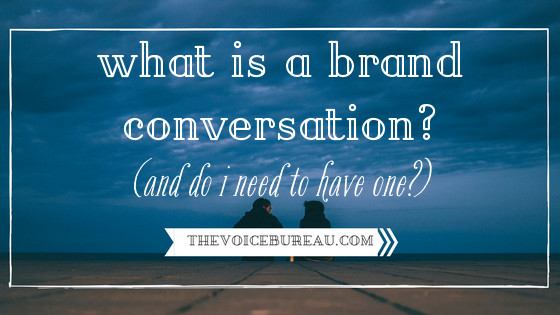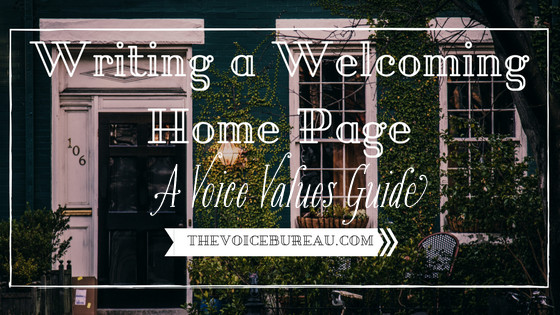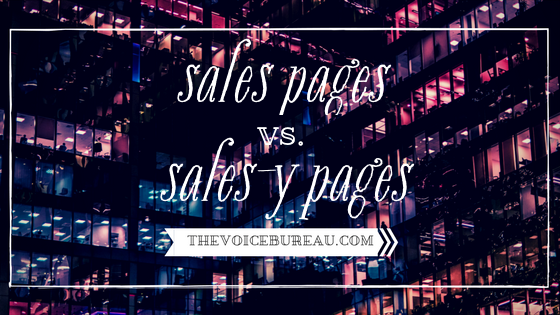I recently managed a Google Ads campaign for a plumber accreditation agency.
(The glamorous life of a digital marketer, amiright?)
Their goal was to get more people to visit their website and use their approved plumber search. More people using the search means more incentive for plumbers to become members, more approved plumbers means more people using the search…you get the gist. Pretty straightforward stuff.
We started out with a search campaign using the sort of keywords you’d expect: “plumber,” “find a plumber,” “toilet repair,” and so on. These performed pretty well — people searching “find a plumber” do like being given the option to, you know, find a plumber.
But something wild happened when we launched the display ads campaign.
(In case you’re not sure about how Google Ads works, “search” campaigns are the promoted links you see when you search for something using Google, while “display” campaigns are the ad banners you see when you’re visiting different sites online.)
When we set up the display ads campaign, we decided to serve it to people who had recently visited sites or used search terms that dealt with kitchen or bathroom remodels, shopping for water heaters, or researching pipes and other plumbing fixtures. And this ad went crazy. Impressions in the millions. Click-through rates well above industry standard. Website visits through the roof.
You see, it’s easy to market to people who know what they want (search “plumber,” find plumber; search “copywriter,” find copywriter), but what’s really impactful is when you can meet your clients where they are before they’re even looking for you. In this case, they knew they were planning, say, a bathroom remodel, but anyone who’s watched even a little bit of HGTV knows that you start that process by ogling giant soaking tubs and Japanese massage toilets with a dozen settings, not by hiring your plumber. Dream it, then do it. And so by reaching out to them before they started searching for a plumber to install their dream tub, we were able to get our foot in the digital door before there was any competition.
So what does this mean for your business?
Think about your Right Person. You probably know a decent amount about what they want you to help them do, whether that’s pivoting to a new career or finding the perfect artwork for their new apartment.
But what are they doing before they come to you?
Before they buy your artwork, they’re probably putting together a board of boho chic room inspiration on Pinterest, which means, if you want to catch them before they pick a wall color that clashes with your color palette, you’d better be serving up some searchable inspiration — featuring your art — for their board. But remember, they don’t even know they need art yet — they just know they want to change up their living room or bedroom or awkward hallway half-bath. Creating pins of just your art is useful to catch people searching for art, but if you want to ensure you’re getting them hooked early, you’re going to get more impact from a gorgeous photo of a fully designed room with your work front-and-center that they can fall in love with.
If you’re helping clients make that leap into a new career path, there’s a pretty good chance they’re spending the days before they reach out to you hating their current job. So while it’s great SEO to have your website call you a “career coach” for the people who have already gotten to the stage where they know what they need (and you should definitely do that!), you’d probably be well-served to also have a few easy to find blog posts with titles like, “I Hate My Job — Now What?” and “How to Handle a Nightmare Boss.” Show them you understand where they are now, and then help them see why they need you for their next steps — maybe even before they know what those next steps are.
Predicting your clients’ needs and directing your marketing efforts to how you can support them means focusing on what they need from you, not just on what you can offer. It’s making the leap from “I’m good at…” to “I’m the best person to help you fix…” and recognizing that sometimes the people who need you the very most don’t even know you’re out there. It takes a bit of self-awareness, a little foresight, and the ability to set aside your ego and make it all about your Right Person. But, as we learned in our Google Ads campaign, it is so worth it.
Are you struggling to predict your clients’ moves or figure out what problem you can solve for them? We can help with that.
In the comments, I’d love to hear:
What is your Right Person thinking about when they come to you? How might you reach them at that stage instead of waiting for them to seek you out?
{ 1 comment }





 Hello, you.
Hello, you.